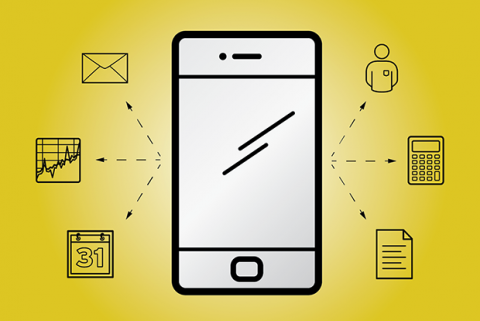CIOs have plenty to deal with. With changes in the way applications are developed and distributed, the ever-increasing mobility of users coupled with their comfort with technology, many CIOs report feeling they are always in a race to catch up with what the company’s employees are doing.
While application development is nothing new to enterprise technology executives, the demand for those applications to operate perfectly and safely on any and all devices is increasing. Fortunately it has also become easier to deliver applications and their updates seamlessly and frequently.
I asked Anders Wallgren, CTO of Electric Cloud, “What are the most challenging aspects of the job and how do you plan to meet those challenges?”
According to Wallgren, “The mobile revolution has meant a sea of change in the technical landscape for CIOs. In particular,for CIOs in charge of application development, mobile brings an entirely new technology stack, tooling, and processes.
Mobile development tools are different than traditional tooling and require training and support. Mobile testing differs dramatically from traditional testing — if nothing else, the matrix of what needs to be tested is dramatically more complicated than just browsers X, Y, and Z. Mobile app deployment is also a new concept, with code signing, app store review processes and OTA delivery.
The smart CIO looks for continuous delivery solutions in the cloud to help solve the mobile delivery problem. New services provide a single end-to-end solution for building, testing, and deploying mobile applications, bringing together the most relevant cloud integrations to make that happen, including device testing and OTA distribution.”
ALSO READ




